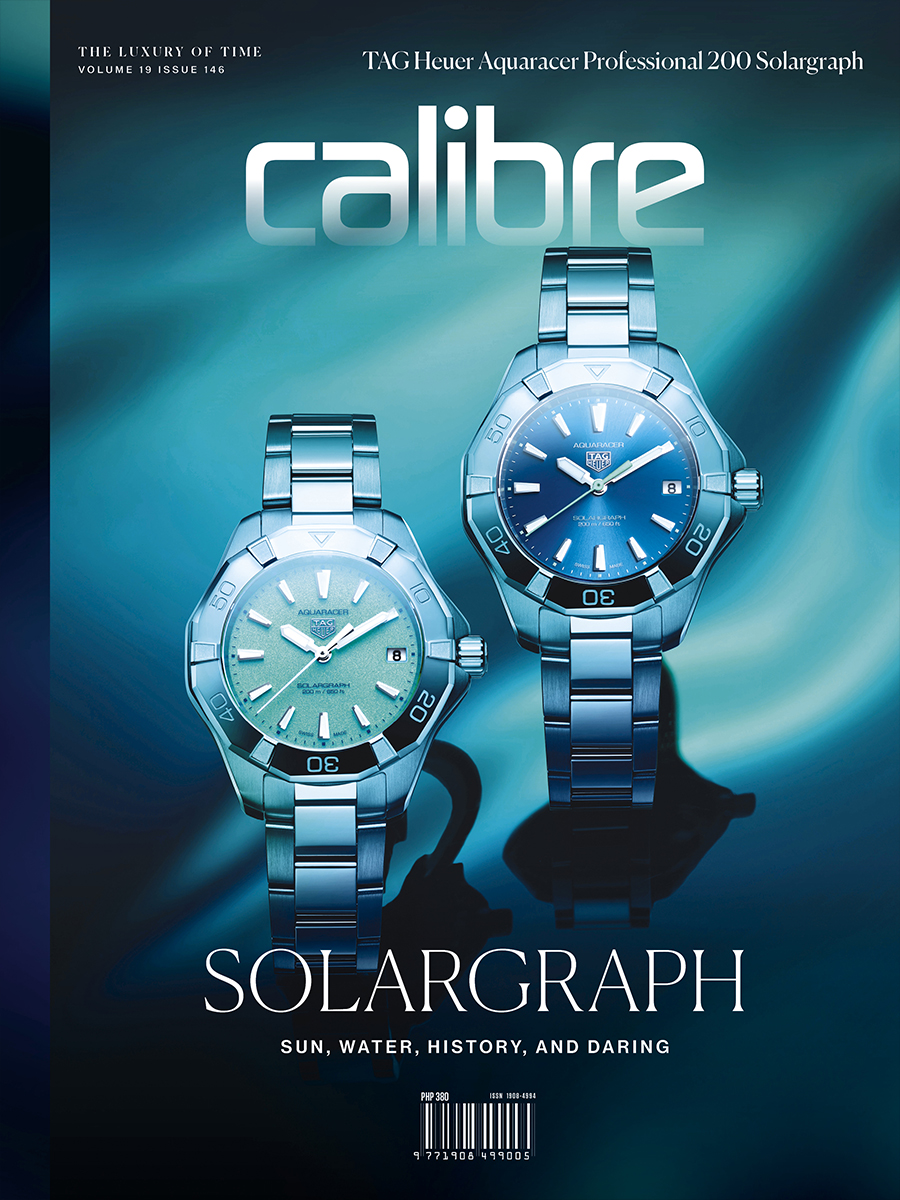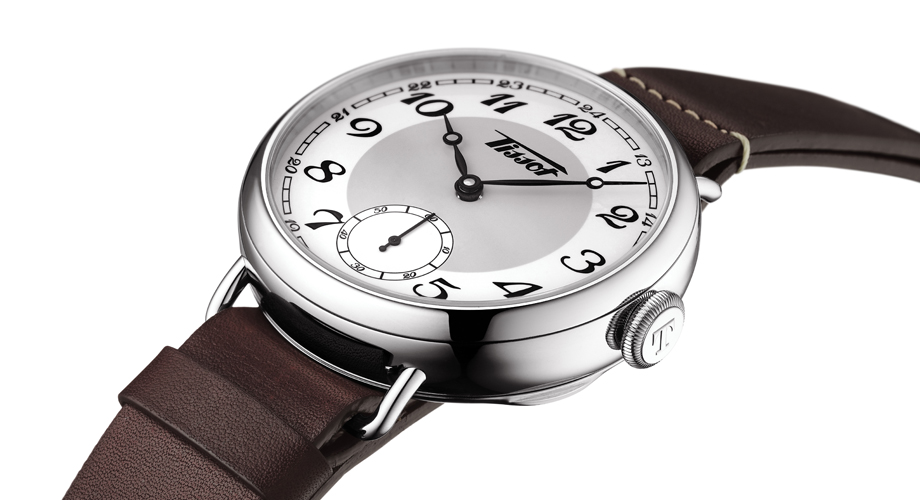The economic crisis of 1929 affected the watchmaking industry. To stave off its effects, Tissot entered into a partnership with Omega. A year later, this partnership led to the creation of the Société Suisse pour l’Industie Horlogère (SSIH). SSIH would soon merge with ASUAG (Allgemeine Schweizerische Uhrenindustrie AG).
During this partnership, Tissot released the first anti-magnetic watch, a major development for the era. It was also this time when Tissot released the company’s Navigator watch that featured a universal calendar. Despite the economic crisis, the company was able to keep itself afloat with their innovation and style designs.
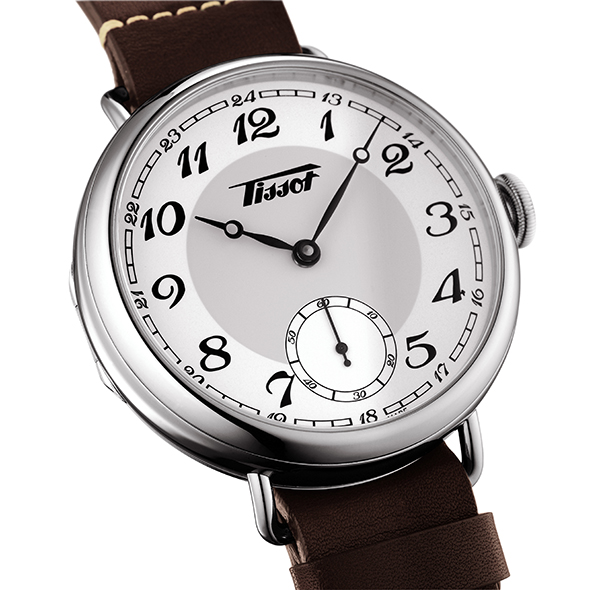
Jumping back a couple of decades, just after the first World War, the watch market started to shift their interest from pocket watches to wristwatches. This came about when their soldiers came home from the war wearing their pocket watches on their wrists. Although the industry has already been producing wristwatches, they were not as precise and reliable as pocket watches. But when soldiers found it too cumbersome to have to dig in their pockets to get their watch, they decided to improvise by attaching it to their wrists with anything they could use, such as a strip of leather. Watch companies recognized this new demand, so they began “remodeling” their existing pocket watches by welding arches on each side of the case to allow slipping a strap that runs through the back of the watch.

The Tissot Heritage 1936 is a reinterpretation of a piece that was in Tissot’s collection in that year.
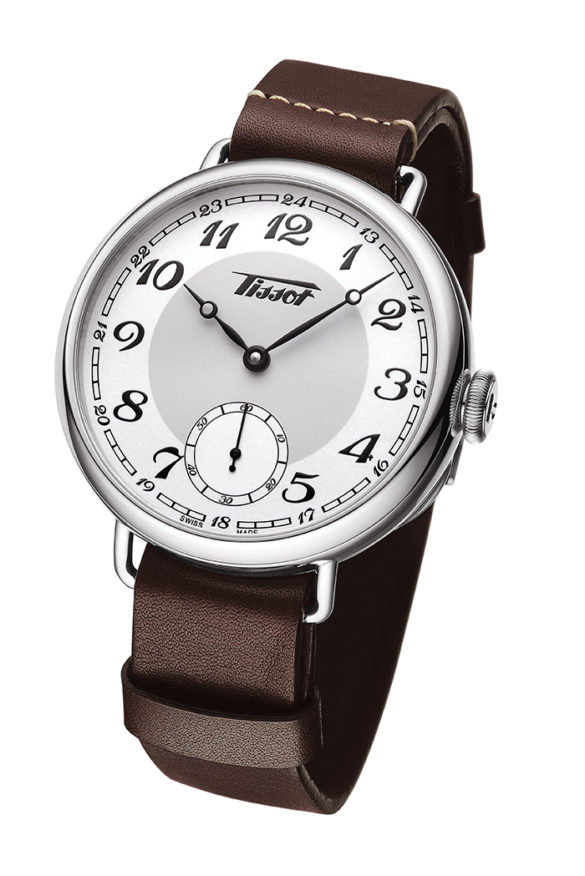
Today, Tissot releases a reinterpretation of a piece that was in their collection in 1936, when wristwatches began to dominate the market. This new piece takes on the design popular during that era and merges the improvisation done at the end of World War I. Tissot presents the Tissot Heritage 1936.
With a 1936 dial design, the watch carries a leather strap that stays true to the first watches made from “re-fitted” pocket watches. Removing the strap reveals a removable back case that opens up a view of the hand-wound movement. The case back may also be used to put a personalized engraving.
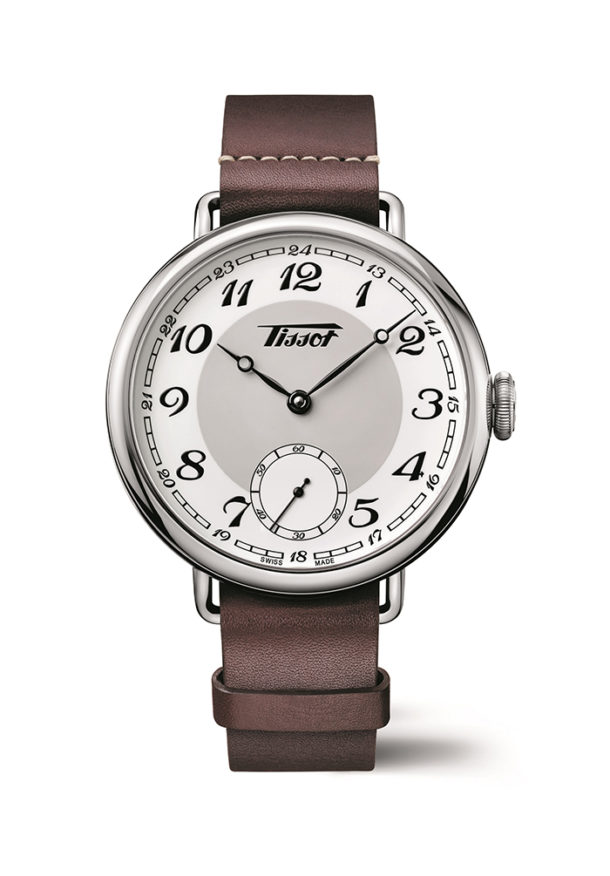
The dial displays Arabic hour markers with the military time carefully integrated with the minutes track. The seconds are displayed at a sub dial at 6 o’clock. The 45 mm stainless steel case has a thickness of 12.98 mm and has a water resistance of 50 meters. The sapphire crystal helps in preventing scratches from inadvertent bumps on any surface.
In the 1930s, watch designs changed from the art deco style of the 20’s; thick hands were replaced with thinner hands, and engraved watch cases gave way to simpler, cleaner designs. With all the modern-looking watches available in today’s market, it is refreshing to have a 1930s-inspired watch on your wrist. The Tissot Heritage 1936 makes a perfect candidate. And when people ask you about your watch, you can tell them the origins and inspiration of your Heritage 1936.

